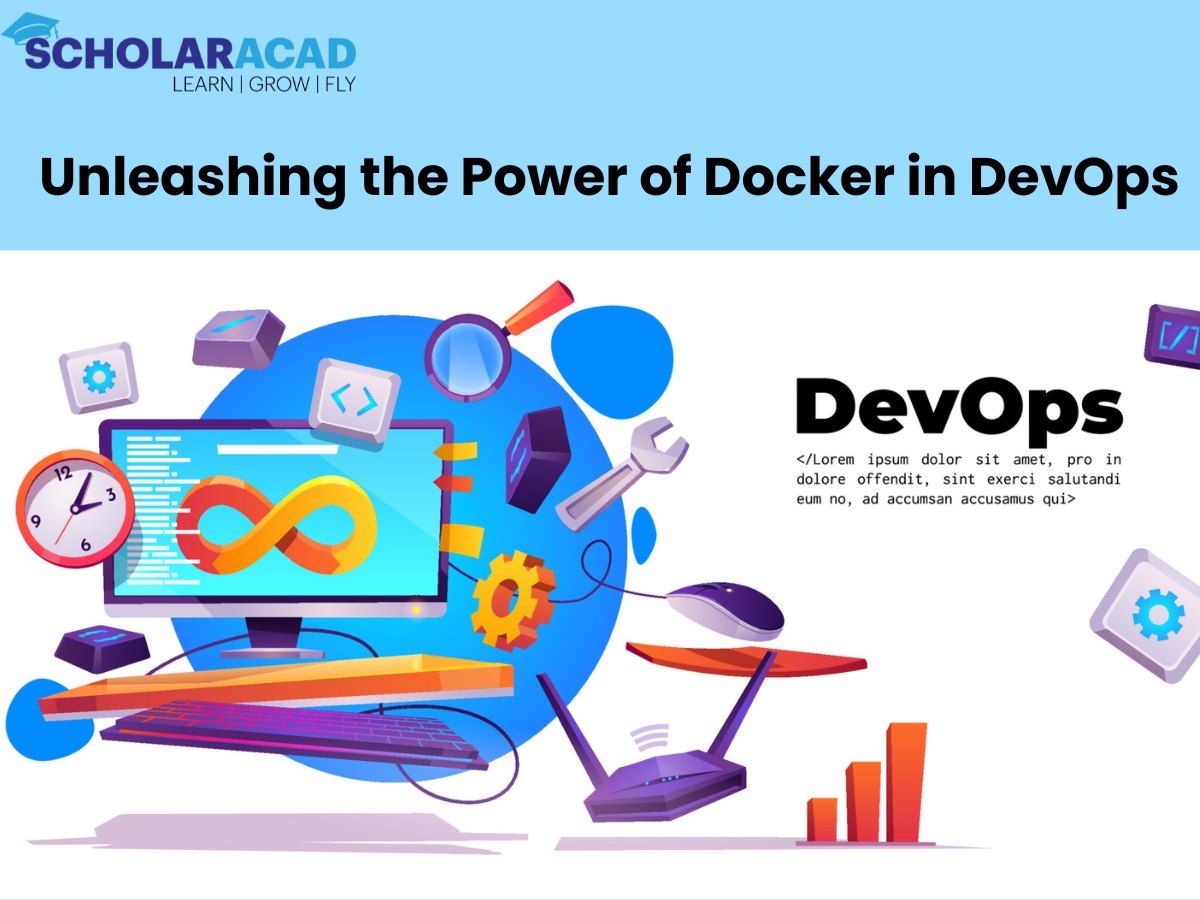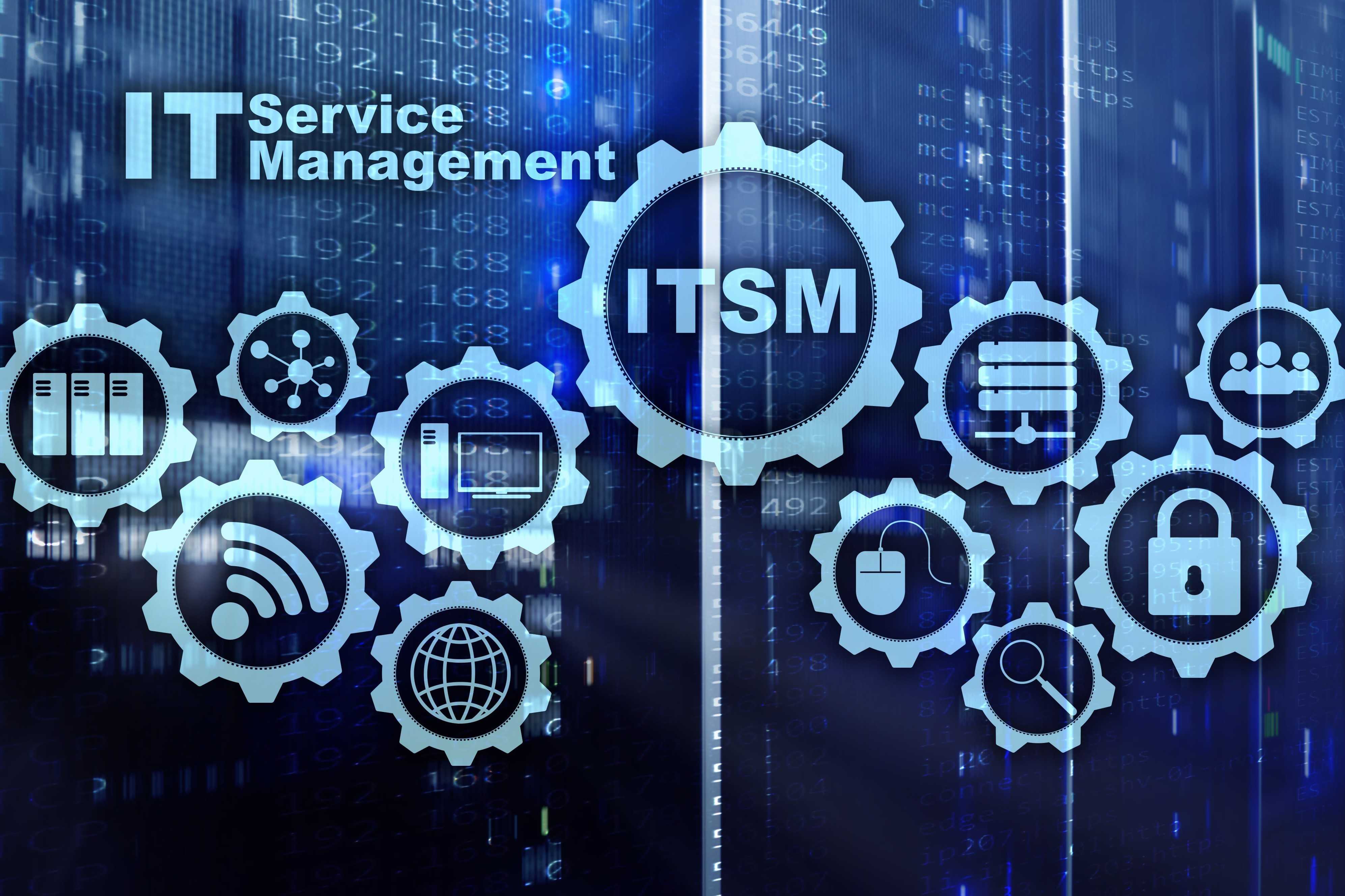
Can You Master ITIL® 4 Foundation in Just 2 Weeks with ScholarAcad?
- Thu 23, Oct 2025
_1715671737_078967910384216bd6b3.jpg)
DevOps has transformed the way organizations deliver applications and services at high speed. At the core of this uprising are Continuous Delivery and Continuous Deployment – two fundamental practices that, while similar in name and nature, diverge in execution and philosophy. In this article, we target to define these two methods to help DevOps Engineers, IT Managers, and Software Developers understand which tactic best line up with their progressive and operational goals. Continuous Delivery and Continuous Deployment represent essential concepts in modern software development and deployment practices. Both methodologies share the common objective of powering and re-organizing the release process, yet they diverge in their approaches and the degree of automation involved.
Continuous Delivery (CD): A Safety Net for Your Code
Continuous Delivery is the practice of maintaining code in a releasable state at all times. By thoroughly testing each change in an automated pipeline and ensuring that the application can be deployed to production with a click of a button, CD provides teams with a safety net. It's primarily about readiness – the code is always poised for release, but actual deployment is triggered manually.
In a Continuous Delivery environment, code changes are frequently combined into the codebase, thoroughly tested, and packaged in a deployable format, yet the final move to production awaits a human green light. This checkpoint serves as a strategic advantage for business scenarios that require synchronization with marketing activities or regulatory checks, where deployments are controlled but still instant and efficient.
Characteristics of Continuous Delivery:
Continuous Deployment (CDep): The Pinnacle of Automation
Continuous Deployment builds on the principles of Continuous Delivery by removing the manual approval step entirely, hence achieving a fully automated pipeline from development to production. Upon passing all automated tests, changes are automatically pushed live, which significantly accelerates the feedback loop from users and reduces the cycle times for features, fixes, and updates.
The key advantage of Continuous Deployment lies in its ability to enable an almost real-time flow of enhancements to the user without any human intervention in the deployment process. This continuous stream aligns with active practices and supports an iterative, adaptive approach to development, allowing teams to respond swiftly to user needs and market changing aspects.
Characteristics of Continuous Deployment:
Key Differences at a Glance
Continuous Delivery:
Deployment Frequency: Deployments are made regularly but require manual start.
Automation Level: There is high automation in testing and preparation, with a manual deployment step.
Approval Process: Requires human approval for release.
Feedback Loop: The feedback loop is shortened, but gated by manual deployment.
Risk Management: Provides more control and oversight.
Business Alignment: Easy to align with business schedules and regulatory agreement.
Continuous Deployment:
Deployment Frequency: Deployments occur automatically and frequently, as changes are made.
Automation Level: Full automation from code commit to production release.
Approval Process: No human approval required; automated tests serve.
Feedback Loop: Almost instantaneous due to automated releases.
Risk Management: Higher trust in automated testing and monitoring to manage risk.
Business Alignment: Best for businesses that are highly adaptive and risk-tolerant.
Choosing the Right Path
Organizations often progress from Continuous Delivery to Continuous Deployment as they mature in their DevOps practices. Continuous Delivery can serve as an intermediate step, helping teams get accustomed to the automation and frequency of releases before committing to the difficult demands of Continuous Deployment.
When deciding between the two, it's crucial to consider factors such as the organization's risk tolerance, the need for regulatory agreement, the willingness for full automation, and the business value of rapid, frequent deployments. Ultimately, both practices aim for a common goal: to shorten the path to delivering value to customers, although through different degrees of human mistake and automation.
Conclusion
Continuous Delivery and Continuous Deployment, though part of the same family of DevOps practices, cater to different operational philosophies and business needs. Continuous Delivery allows teams to confidently prepare releasable software with the luxury to choose when they deploy, whereas Continuous Deployment automates this last mile for the benefit of rapid delivery and feedback.
To navigate the DevOps landscape successfully and select the most fitting practice, organizations need to balance their ability to handle speed with their desire for control, without losing sight of delivering quality software that meets users' evolving needs.





























_1756885658_5bde5ece2b6f0dab9403.jpg)






_1756789434_e9e0aac798c1162538f6.jpg)























































_1718198115_3e80b2ee31b234c26728.png)























_1712044840_c07a78ec6a0a9aaf68f2.jpg)




_1701798801_c3b578871fef398593a2.jpg)






Copyright © 2025. All rights reserved by Scholaracad
